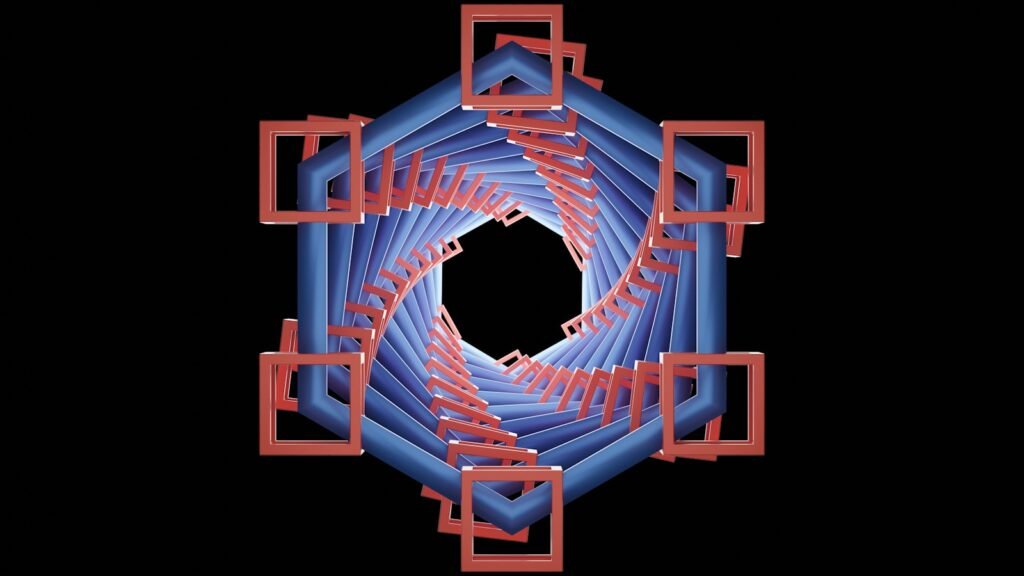It begins with a riddle: two particles born together, then flung far apart, still behaving like a matched pair of dice that always land in step. For a century, physicists have wrestled with this eerie coordination, trying to decide whether nature is secretly scripted or fundamentally unpredictable. In the last decade, meticulous experiments have turned the mystery into a working toolkit, pushing entanglement from philosophy into engineering. That shift is remaking how we think about communication, security, and sensing – without breaking the cosmic speed limit. And the story is still accelerating.
The Hidden Clues

Here’s the shocker: when scientists measure entangled particles, they find correlations that classical intuition says should be impossible. The results aren’t a whisper sent faster than light, but a pattern that only reveals itself once measurements are compared, like two distant musicians playing notes that make sense only when the duet is heard together. Even separated by mountain ranges or thousands of kilometers, the synchronicity persists. It feels like a magic trick, yet every step is documented, cross-checked, and stress-tested.
I remember the first time I saw a Bell-inequality plot; the data points defied the tidy line classical physics promised, and I felt my stomach drop. That curve is the breadcrumb trail entanglement leaves behind, a set of hidden clues telling us the world is more intertwined than it looks. The surprise never fully wears off, and that’s part of its power.
From Thought Experiments to Lab Reality
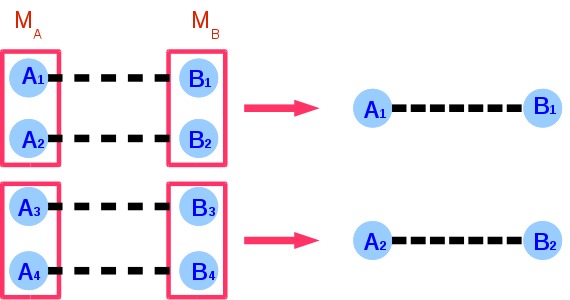
Entanglement started as a paradox on paper, a challenge hurled at quantum theory to expose its cracks. Instead, the theory held, and experiments leapt from tabletop optics to kilometer-scale fibers and even satellite links. Researchers learned to create pairs of photons with shared properties, then send them on long journeys without losing the delicate quantum ties. Each improvement came with better detectors, quieter environments, and clever protocols.
The watershed moment was recognizing entanglement as a resource, not just a riddle. Once framed that way, labs began treating it like a currency to be generated, stored, swapped, and spent. That mental shift bridged philosophy and engineering in one audacious step.
Inside the Quantum Link
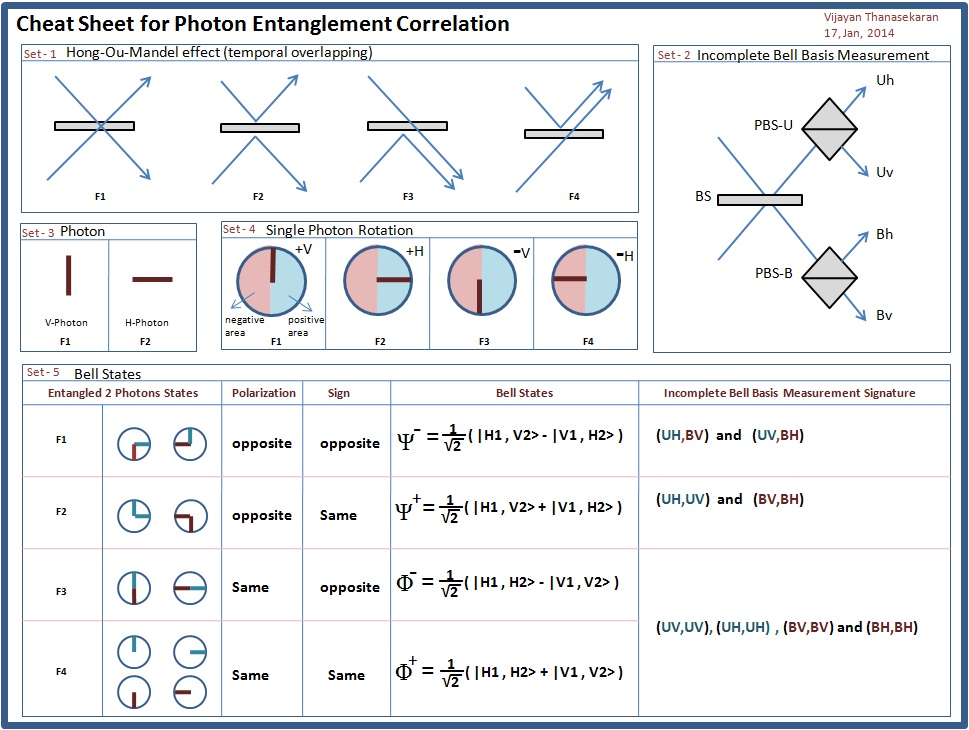
What actually binds entangled particles is not a tiny thread, but shared information encoded in their joint state. Picture two coins spun at the same time: each lands randomly, yet together they never violate a rule they agreed on at the start. Quantum mechanics makes that rulebook statistical and precise, and it forbids using the trick to send a message instantly. The pattern only emerges after both sides compare notes by ordinary, slower-than-light channels.
That’s why entanglement is slippery but invaluable. You can’t command it to say hello, yet you can harness it to check whether anyone eavesdropped, to teleport quantum states, and to push measurement precision beyond classical limits.
Proving It Beyond Doubt
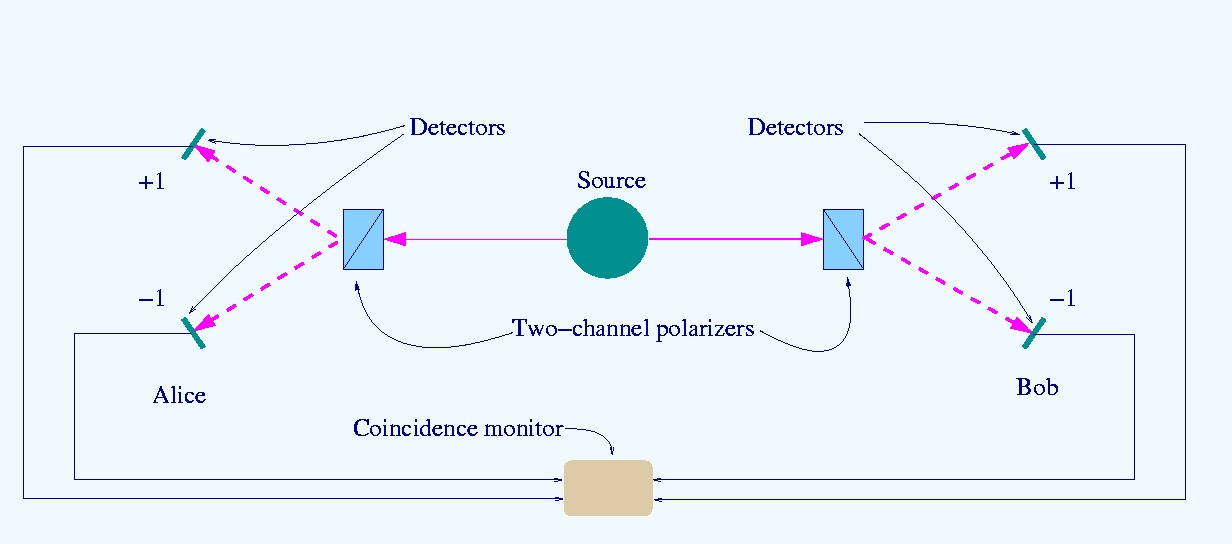
The decisive tests are the “loophole-free” Bell experiments, designed to close every escape route a skeptic might take. Physicists separated detectors so far apart that no subluminal signal could coordinate them in time, and they used fast, random settings to choose what to measure at the last instant. They improved detector efficiencies so missed events couldn’t stack the deck, and they repeated the dances with different platforms, from photons to solid-state defects. Across the board, the correlations broke classical bounds.
Cosmic-scale variations even used light from distant stars to set measurement choices, pushing any hypothetical conspiracy back millions of years. In science, extraordinary claims demand extraordinary tests, and entanglement passed them with room to spare. The verdict is clear: nature allows stronger-than-classical correlations, and our job is to make the most of them.
Why It Matters
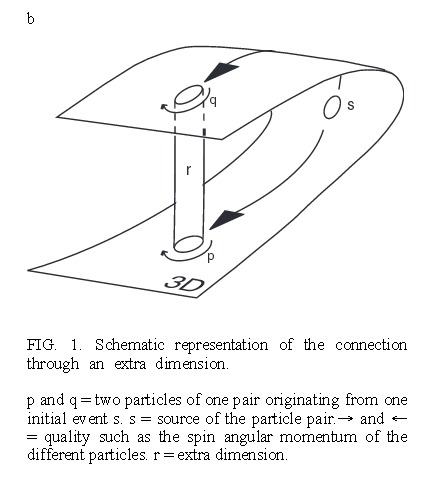
Entanglement reshapes what “connected” means, and that has practical teeth. Classical security relies on hard math problems; quantum security can rely on physics itself, making tampering visible in the statistics. Classical sensors average noise; entanglement lets multiple sensors act like a choir, lowering the uncertainty floor in ways a solo instrument cannot. And while classical networks move bits, quantum networks will move quantum states, enabling tasks that simply don’t exist today.
The comparison is stark: where conventional tools fight noise with redundancy, quantum tools can use correlation as a shield. That’s not marketing gloss; it’s a different operating system for measurement, communication, and computation. Once you’ve seen how it works, the old boundaries feel too small.
Global Perspectives
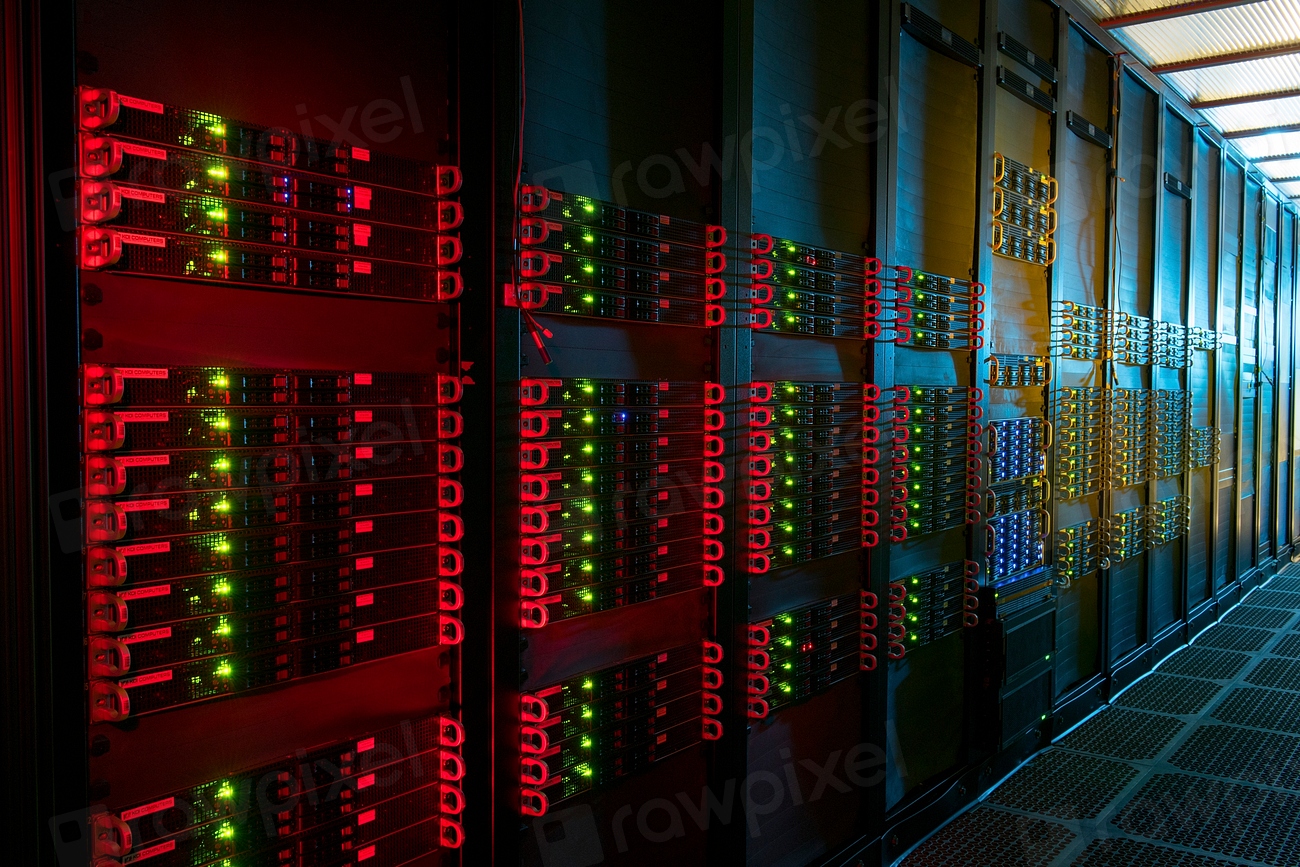
Think of the quantum push as a worldwide relay race with shared finish lines. Teams in North America are building metropolitan testbeds that string together university labs and national facilities, while European consortia pursue continent-spanning links and standardized protocols. Across Asia, satellite experiments distribute entanglement over vast distances, and fiber-based quantum-secure networks serve banks and data centers in major cities. Australia and Canada are turning materials science into long-lived quantum memories and rugged single-photon sources.
It’s not only about bragging rights. Diverse approaches – satellites for global reach, fibers for urban reliability, and hybrid nodes for flexibility – make the ecosystem more resilient. As efforts cross-pollinate, the chances that entanglement escapes the lab and enters daily infrastructure grow stronger.
The Future Landscape
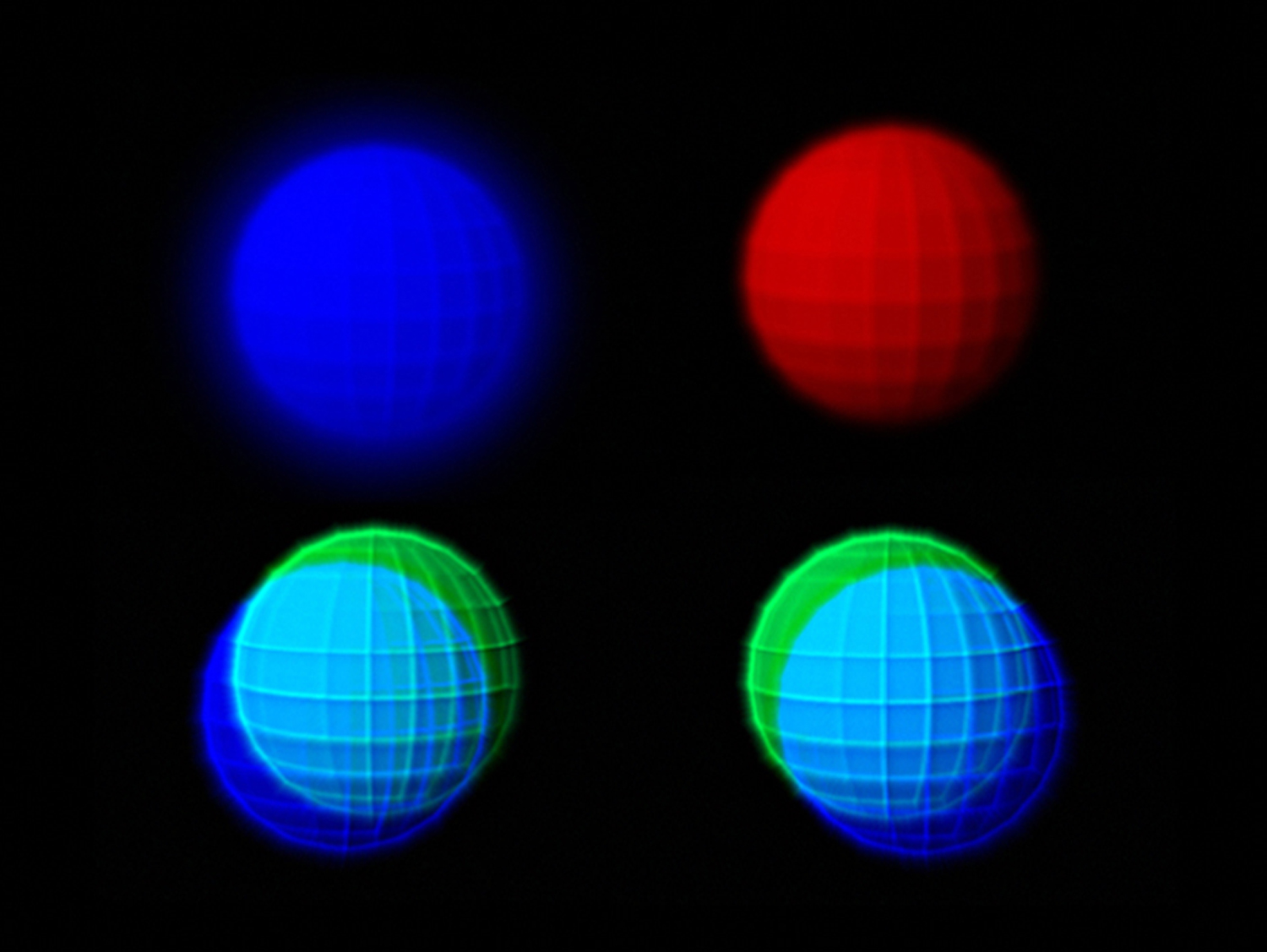
Next-generation quantum repeaters are the missing bridges for an internet of entanglement, storing and refreshing fragile states so they can hop city to city without fading. Engineers are racing to build them from rare-earth doped crystals, diamond defects, and atom-like systems embedded in chips, each with trade-offs in speed, lifetime, and manufacturability. Integrated photonics promises compact, stable circuits for generating and routing entanglement, shrinking today’s optical tables into hand-sized platforms. Control software, error mitigation, and calibration will matter as much as hardware, turning delicate physics into dependable services.
There are challenges: aligning standards across borders, proving end-to-end security in messy real-world conditions, and training a workforce fluent in both quantum rules and classical networks. But the arc is visible, and it points toward pilot services first – secure links for critical infrastructure and high-value data – followed by specialized sensing networks for climate, astronomy, and navigation. The long bet is a genuine quantum internet, a substrate where entanglement gets requested, delivered, and verified on demand.
From the Lab to Life
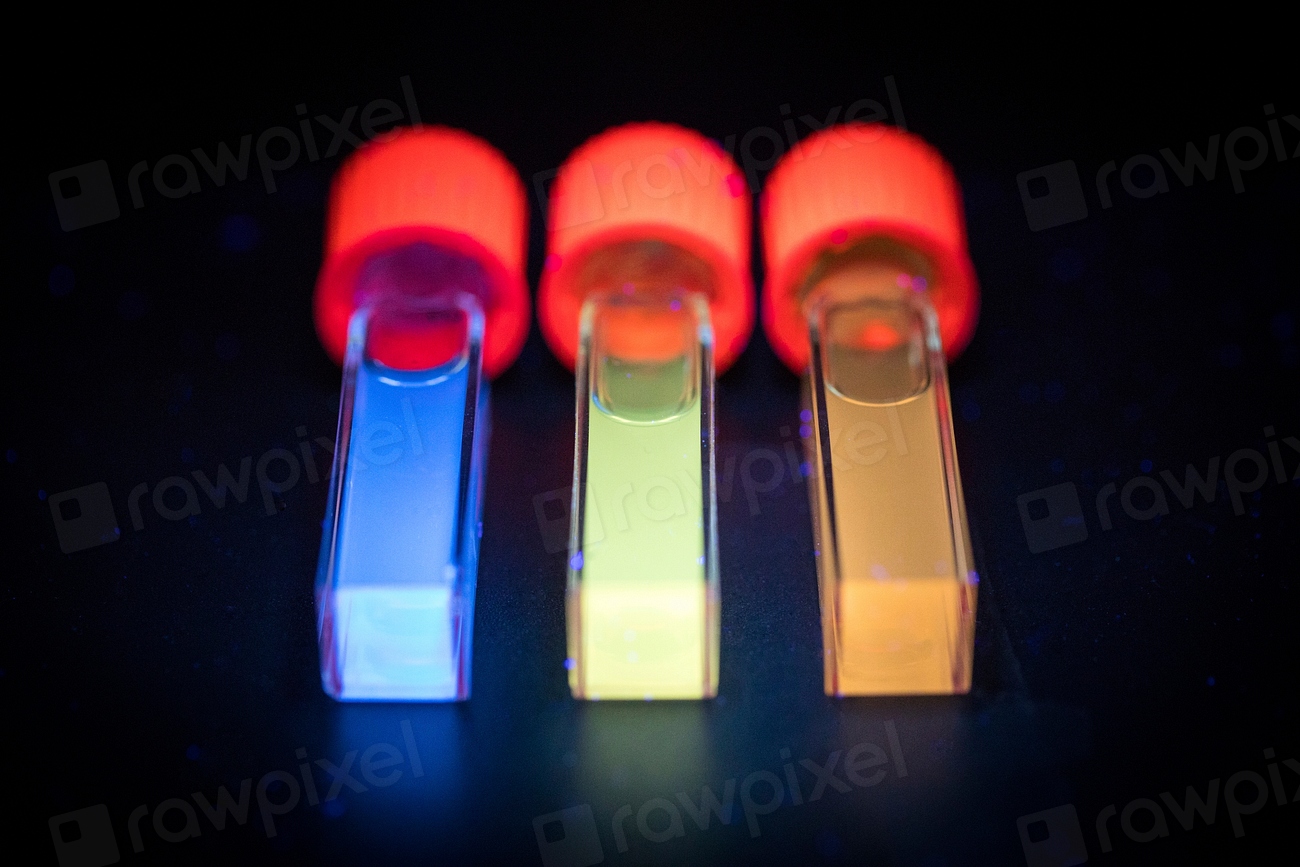
Even before global networks arrive, entanglement is seeping into measurement tools that touch everyday concerns. Multi-sensor arrays can use quantum correlations to map underground water, monitor bridges, or track subtle gravitational variations tied to changing ice sheets. Laboratory prototypes have shown that coordinated quantum probes can beat classical limits, making faint signals stand out the way a constellation is easier to spot than a lone star. In health and materials science, entanglement-enhanced imaging aims to reduce exposure while preserving detail.
The near-term wins may feel modest – more secure links between hospitals, better timing for power grids, sharper instruments in research labs – but they stack up. Progress often looks like quieter errors, fewer dropped frames, and clearer readings, not fireworks. That’s how revolutionary tech usually lands: softly at first, then everywhere.
What You Can Do

If this field feels abstract, start by following local university seminars or public lectures; many are streamed and surprisingly approachable. Support science education programs that teach probability, statistics, and basic optics, because those skills unlock the headlines and the jobs that follow. When you hear about quantum-secure trials in your city, ask providers what standards and verification methods they use, and why those choices matter. Favorite museums and science centers increasingly host quantum exhibits, and a weekend visit can turn puzzlement into curiosity.
For those in tech-adjacent roles – policy, law, finance – encourage pilot projects that publish performance data rather than promises, and back collaborations that share test results across borders. Entanglement thrives on careful comparisons, and so does public trust. Ready to keep an eye on the strangest, most practical magic in modern physics?

Suhail Ahmed is a passionate digital professional and nature enthusiast with over 8 years of experience in content strategy, SEO, web development, and digital operations. Alongside his freelance journey, Suhail actively contributes to nature and wildlife platforms like Discover Wildlife, where he channels his curiosity for the planet into engaging, educational storytelling.
With a strong background in managing digital ecosystems — from ecommerce stores and WordPress websites to social media and automation — Suhail merges technical precision with creative insight. His content reflects a rare balance: SEO-friendly yet deeply human, data-informed yet emotionally resonant.
Driven by a love for discovery and storytelling, Suhail believes in using digital platforms to amplify causes that matter — especially those protecting Earth’s biodiversity and inspiring sustainable living. Whether he’s managing online projects or crafting wildlife content, his goal remains the same: to inform, inspire, and leave a positive digital footprint.

